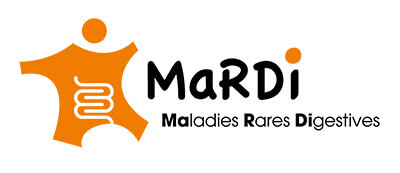Definition and clinical description
Congenital chloride diarrhoea is a disorder in the active reabsorption of chlorine from the ileum and colon.
Symptoms and prevalence
The context of the disease is generally marked by hydramnios (foetal diarrhoea) often responsible for prematurity. Diarrhoea is evident from the first hours of life, sometimes masking the emission of meconium (material accumulated in the foetal intestine). Diarrhoea is independent of food and resistant to all treatment. Stools are profuse, non-irritant, and so watery that they can be mistaken for urine. Diarrhoea quickly causes dehydration.
It is a rare disease, and only a hundred observations have been published.
Diagnostic method
Diagnosis is based on diarrhoea characteristics and biological signs.
Management and treatment
The treatment is symptomatic, and involves ensuring adequate hydration and compensating the loss of Chlorine and Potassium. As the child grows, diarrhoea persists but episodes of dehydration become less frequent and less severe, and generally, practically normal life and growth are observed.


